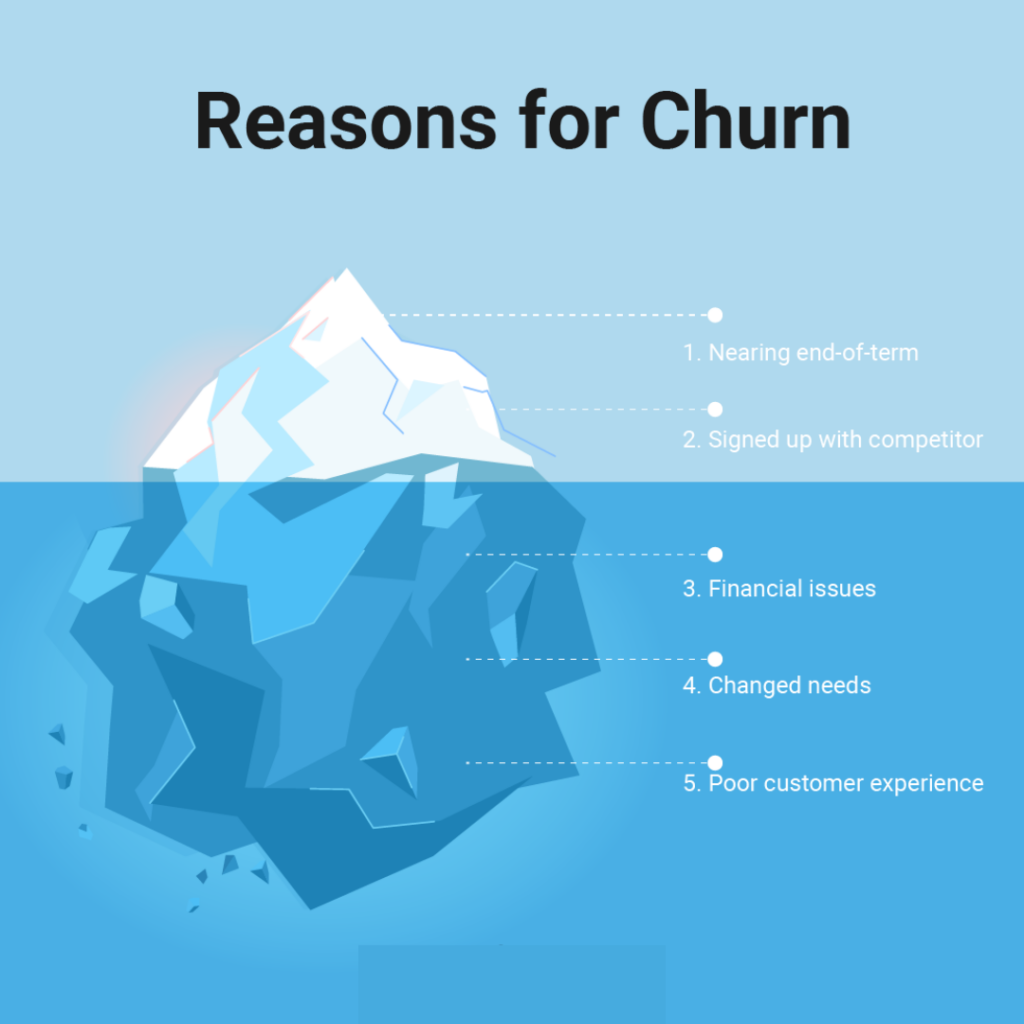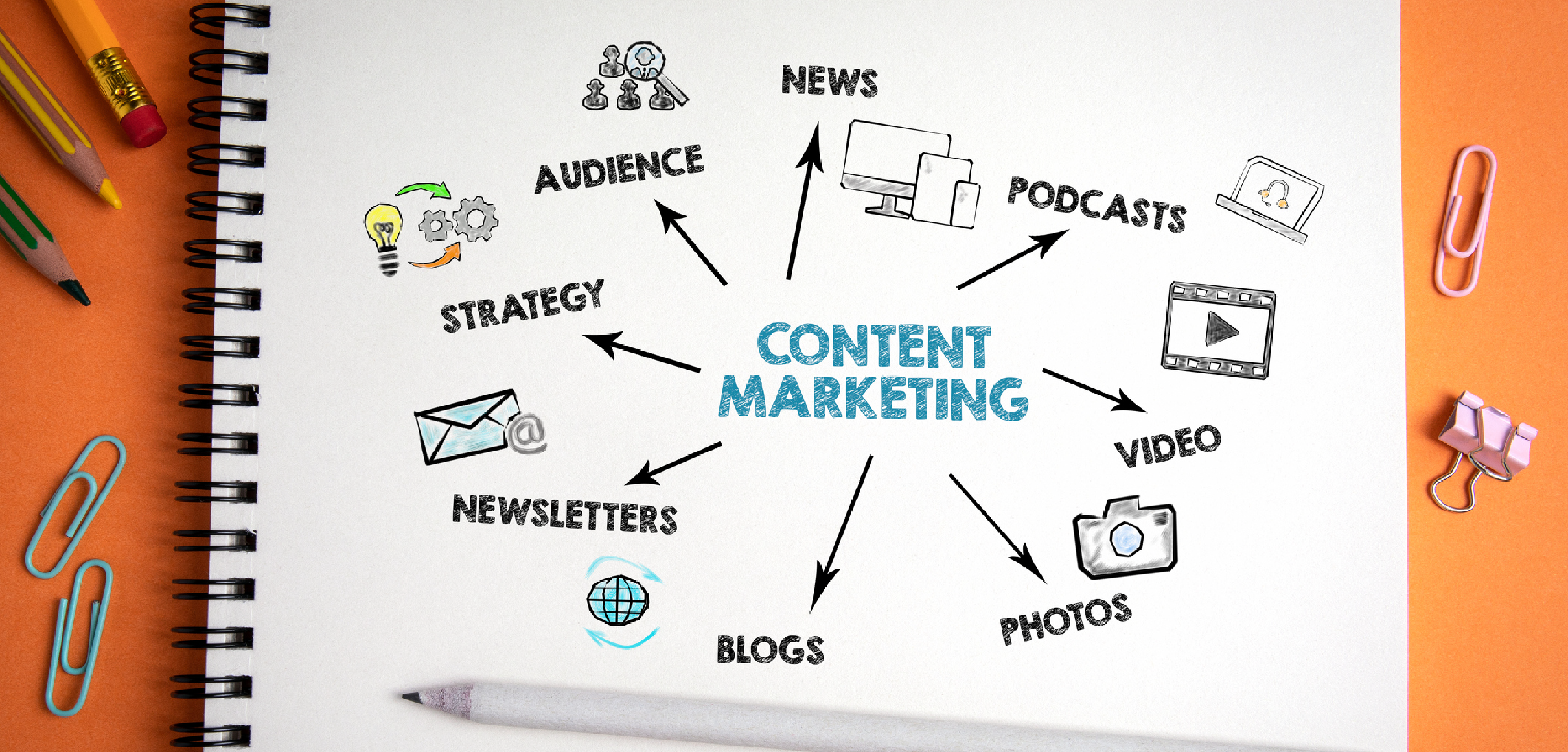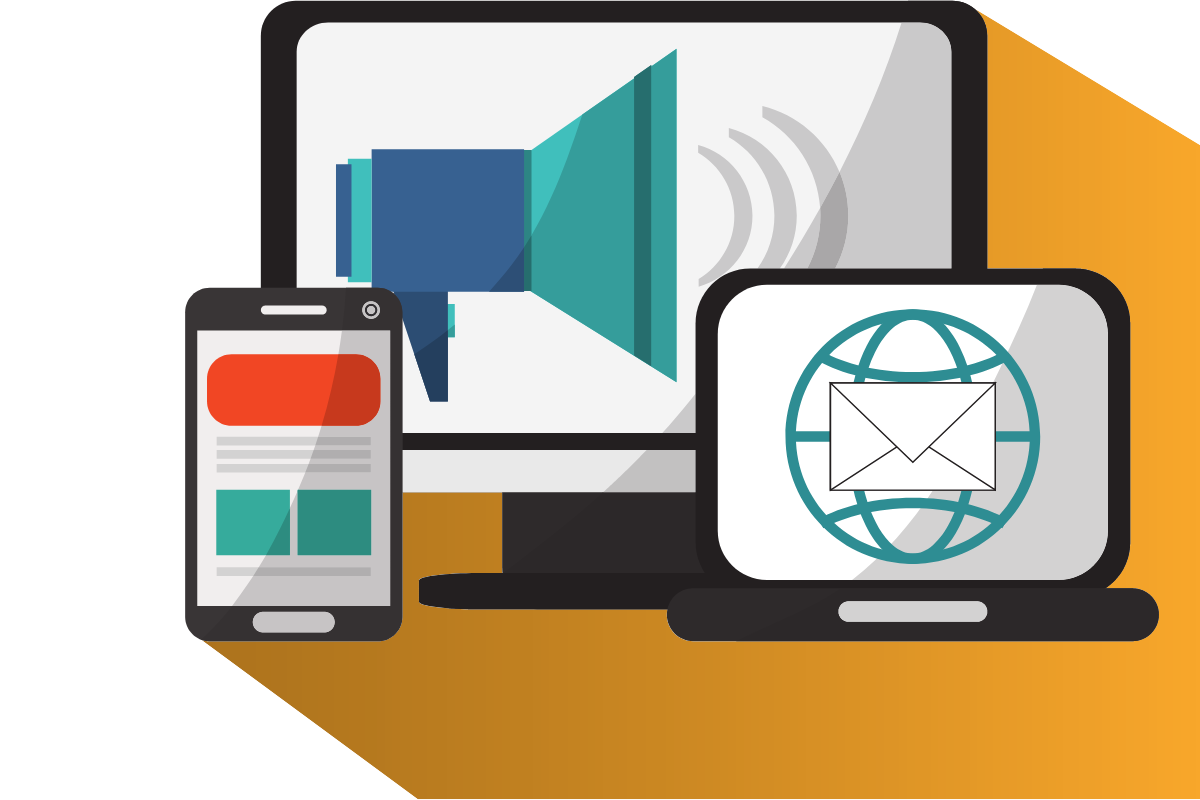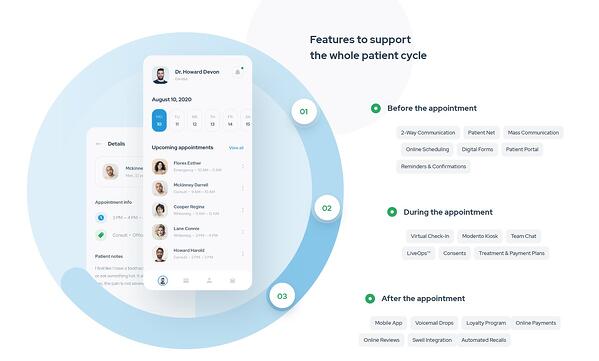Software as a Service (SaaS) companies provide an invaluable offering. Clients can access beneficial internet applications without the complexity and bandwidth limitations of having to download and manage expensive software. It’s becoming such a popular tool that SaaS applications make up over 70% of total company software use. Of course, the only way for these businesses to thrive is to ensure that acquisition numbers exceed B2B SaaS churn rates.
Every subscription-based company must be aware of B2B SaaS churn rates to secure their overall success and longevity. Keeping an eye on how many people terminate their subscriptions gives marketers important insight into current performance and revenue growth forecasting. SaaS churn rates tell a powerful story about what aspect of the customer experience is failing and what changes you need to make to attract new prospects and retain current customers. As a result, it’s an effective tool for enhancing your digital marketing efforts.
Gain a comprehensive understanding of B2B SaaS churn rates, how to calculate them, and how they impact acquisition and market positioning for continued success.
“SaaS churn rates tell a powerful story about what aspect of the customer experience is failing and what changes you need to make to attract new prospects and retain current customers.”
What Exactly is SaaS Churn Rate?
SaaS churn rate (also known as attrition) is the rate at which customers cancel their subscriptions during a certain amount of time. While an occasional loss may not seem impactful in the big picture of your business plan, if left unchecked, B2B SaaS churn rates can ultimately destroy your business. After all, if you’re not doing anything to retain the customers you acquire, there’s no way for you to stay afloat, let alone grow and expand.
Churn rate doesn’t just reflect lost revenue. It also means you’re spending more on customer acquisition, which can cost up to five times more than customer retention. Keep a close eye on high SaaS churn rates because they can be detrimental to your bottom line.
Types of SaaS Churn Rates
There are essentially two main types of SaaS churn rates:
- Customer level: A customer completely ends their relationship with your brand.
- Subscription level: A customer remains with you but changes the level of their subscription.
Factors that Affect B2B SaaS Churn Rates
With either type, several factors can impact SaaS churn rates, including:
- Seasonality: Churn rates may increase or decrease at certain times of the year.
- Growth initiatives: If you launch an acquisition campaign, new members could skew data.
- Demographics: Some people may simply be a better fit for your services than others.
- Subscription level: Lower-tier services tend to have a higher churn rate than higher tiers.
- Contract type: Short-term contracts may have higher termination rates than long-term subscriptions.
You can track factors to look for trends and patterns that enable you to plan your marketing efforts accordingly. Meanwhile, other factors that impact churn rates are customer-based and often unpredictable, including:
- Financial issues: Customers can no longer afford their subscriptions.
- Changed needs: Your product no longer meets the customer’s needs.
- Poor customer experience: If someone has a negative experience, they’re likely to terminate their subscription.

Track all of these factors to identify areas of improvement that are in your control and what changes to make to attract new prospects, maintain happy customers, and reduce SaaS churn rates.
“Churn rate doesn’t just reflect lost revenue; it also means you’re spending more on customer acquisition, which can cost up to five times more than customer retention.”
How to Calculate Churn Rate for SaaS
Because there are so many variables that can affect its outcome, B2B SaaS churn rates can be a complex concept. However, it’s a fairly easy figure to calculate. First, you’ll need to determine the amount of time you want to evaluate (monthly or annually). Then, you’ll need to identify the total number of customers you had at the beginning of that time and the total number of customers you lost in that amount of time. Those numbers will then work into the SaaS churn rate formula as follows:
(Lost Customers / Total Customers at the Start of Time Period) x 100 = Churn Rate
Let’s say you’re wanting to determine your monthly churn rate. If your business had 300 customers at the start of the month and you lost 20 by the end, you would divide 20 by 300. Then, you would multiply that answer (.07) by 100, for a total of a 7% monthly churn rate.
(20 / 300) x 100 = 7%

To keep track of your churn rates, you can maintain a spreadsheet with these figures, or you could simplify the calculating and tracking of your SaaS churn rates with a tool like ProfitWell. This cloud-based app delivers your subscription and financial metrics on one dashboard and can help optimize your pricing and reduce cancellations for lower churn rate.
The goal, of course, is to have the lowest churn rate possible. An acceptable average SaaS churn rate is typically anywhere from 2% to 8%. Anything higher than that could have a significant impact on your monthly recurring revenue.
Churn rate calculations are most beneficial when conducted over a longer timeframe. Short-term results on a daily or weekly basis won’t reveal much insight. But quarterly or annual churn can reveal far-reaching trends and yearly performance. You can see whether your marketing strategy is working and the efficacy of customer retention efforts.
Churn Rate Visibility Improves Acquisition Efforts
SaaS churn rates impact every aspect of your business. They provide the information you need to:
- Improve customer service: If customers are leaving due to a negative experience, you can re-evaluate your customer service efforts.
- Rethink customer onboarding: Create a new, smoother, more user-friendly onboarding process that makes customers excited to be new subscribers.
- Provide better training: When teams don’t silo information and sales and support staff are on the same page, your company can provide a better experience for customers.
- Seek feedback: At key points along the customer journey, you can check in and see what you could do better to satisfy your current customers.
- Build deeper relationships: Connect with your customers on a more personal level and build relationships that last.
- Incentivize current customers: Discount offers and giveaways can entice customers to stay.
Churn rates allow you to learn critical information about ways to improve your approach and current systems to better serve your customers, provide a more personalized experience, and encourage customer loyalty. This is important because 65% of a company’s business comes from existing customers.
B2B SaaS churn rates are especially important to marketers. By tracking churn rates and understanding customer behavior, you can adjust your business processes and marketing approach to improve the acquisition of qualified deals with higher customer lifetime value (CLV). A KPI for every SaaS company, CLV is the average amount of money you can expect to earn from one customer throughout the duration of their relationship with your brand. The greater the CLV, the more profitable the customer.
Knowing CLV helps you assess your marketing efforts and provides insight into important KPIs that help you plan current and future marketing strategies for optimal results. It gives you a better idea about your company’s overall profitability and can help you discover ways to increase ROI while decreasing customer acquisition costs. Even just knowing customer lifetime (how long a customer will be with your company) can be an asset. Use churn rate to calculate your customer lifetime as follows:
Customer Lifetime = 1 / Churn Rate
If your churn rate is 7%, then your customer lifetime is 1 / .07 = 14.28 months (or a little over one year). Understanding how long you have with your customer helps you plan an effective marketing strategy to not only make the most of the time you have with them, but to also create a retention strategy that entices them to maintain their subscription even longer.
“Churn rates allow you to learn critical information about ways to improve your approach and current systems to better serve your customers, provide a more personalized experience, and encourage customer loyalty.“
Implement a CRM for Marketing Insights
One of the best ways to combat high B2B SaaS churn rates is to focus on retention through customer relationship management (CRM). A growing industry valued at $69.31 billion, CRM is software that helps you manage all relationships and engagement with prospective and current customers. CRM systems like HubSpot can help you make deeper connections with your audience, streamline operations and processes, and improve revenue generation.
Ultimately, CRM systems help you track your customer’s experience throughout their journey. CRM provides invaluable data that helps you identify areas of high churn and gives clues as to what caused it. Through CRM, you can:
- Maintain open communication: Customers can give you invaluable feedback to shape your marketing efforts.
- Understand your customers: Learn the needs, expectations, and preferences of your audience.
- Channel people through the sales funnel: A better experience helps convert customers.
You also gain access to original advertising sources and can review messaging, channels, and placement to see what about your message didn’t resonate with your audience. You can review bounce rates, click-through rates, and overall engagement to determine which ads yielded high conversions and which ones fell flat.
Conversely, you can compare high churn ads with low churn ads to determine what aspects of your campaign are performing well and what edits you can make to improve overall performance. All of this gives you the information you need to make necessary adjustments and course corrections to ensure your marketing efforts are effective, impactful, and successful.
How Churn Rates Help You Understand Market Positioning
Churn accounts help you understand a lot about market positioning and messaging. Looking at lost accounts can show you why customers canceled their subscriptions and, even more, whether they left you for a competitor. If customers are choosing competing brands over yours, you know you need to take action to secure better market positioning.
Exit surveys can tell you why people left your company, providing you with an opportunity to make intentional and purposeful changes that help set you apart from your competition. You may need to review your price point, assess your customer service, or come up with innovative ideas to reimagine your products and services to better meet evolving consumer needs.
This data can also let you know whether your messaging is resonating with your audience. Wording, tone of voice, and technical explanations may not be connecting with your customers. You might not be adequately presenting the benefits of your services, so customers aren’t seeing the full value of your offerings. In this way, churn rates can help you educate clients about best use cases, so they have the confidence they need to subscribe to your services.
Churn rate also helps you gain an understanding of your customer base. You can learn purchase behavior, habits, and see common reasons for purchases and terminations. All of this helps you qualify potential clients and target the people most likely to benefit from your offerings. Targeting the right audience ensures higher success rates and lower churn rates, resulting in more revenue and continued growth.
“Churn rates can help you qualify potential clients and target the people most likely to benefit from your offerings.”
Reduce Your B2B SaaS Churn Rates
Churn rates provide invaluable metrics that can shape your business operations and marketing strategies for better customer acquisition, higher retention, and greater revenue generation. Behind the Work provides digital marketing solutions for B2B SaaS clients that attract quality leads and help grow your organization. Enhance your digital marketing strategy with data from B2B SaaS churn rates to boost your overall performance.
Visit Behind the Work today to learn more about how we can help SaaS churn rates.

 Contributed by Sonny Sultani
Contributed by Sonny Sultani


























